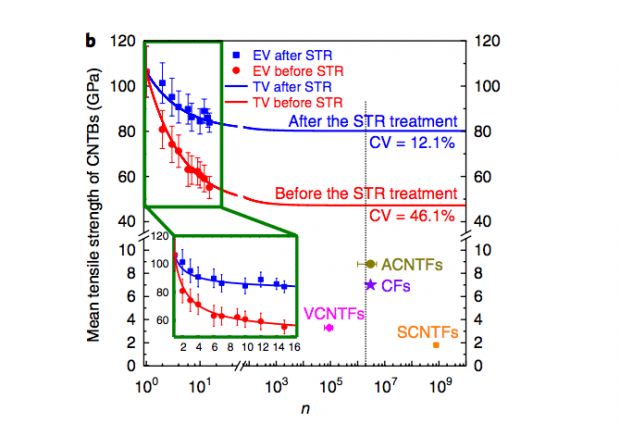
Breaking News
 Tucker Carlson just DESTROYED Ben Shapiro and conservatives better pay attention | Redacted
Tucker Carlson just DESTROYED Ben Shapiro and conservatives better pay attention | Redacted
 Ukraine's TIME IS UP! Putin is done talking peace | Redacted News
Ukraine's TIME IS UP! Putin is done talking peace | Redacted News
 The Terrible Truth About The U.S. Economy Can No Longer Be Denied
The Terrible Truth About The U.S. Economy Can No Longer Be Denied
Top Tech News
 HUGE 32kWh LiFePO4 DIY Battery w/ 628Ah Cells! 90 Minute Build
HUGE 32kWh LiFePO4 DIY Battery w/ 628Ah Cells! 90 Minute Build
 What Has Bitcoin Become 17 Years After Satoshi Nakamoto Published The Whitepaper?
What Has Bitcoin Become 17 Years After Satoshi Nakamoto Published The Whitepaper?
 Japan just injected artificial blood into a human. No blood type needed. No refrigeration.
Japan just injected artificial blood into a human. No blood type needed. No refrigeration.
 The 6 Best LLM Tools To Run Models Locally
The 6 Best LLM Tools To Run Models Locally
 Testing My First Sodium-Ion Solar Battery
Testing My First Sodium-Ion Solar Battery
 A man once paralyzed from the waist down now stands on his own, not with machines or wires,...
A man once paralyzed from the waist down now stands on his own, not with machines or wires,...
 Review: Thumb-sized thermal camera turns your phone into a smart tool
Review: Thumb-sized thermal camera turns your phone into a smart tool
 Army To Bring Nuclear Microreactors To Its Bases By 2028
Army To Bring Nuclear Microreactors To Its Bases By 2028
 Nissan Says It's On Track For Solid-State Batteries That Double EV Range By 2028
Nissan Says It's On Track For Solid-State Batteries That Double EV Range By 2028
Breakthrough Carbon nanotube bundles are over 20 times stronger than Kevlar

If a more rigorous engineering definition is used, the tensile strength of macroscale CNTBs is still 5–24 times that of any other types of engineering fiber, indicating the extraordinary advantages of ultralong Carbon nanotubes in fabricating superstrong fibers.
The work was done at Tsinghua University and other facilities in Beijing. Researchers were Yunxiang Bai, Rufan Zhang, Xuan Ye, Zhenxing Zhu, Huanhuan Xie, Boyuan Shen, Dali Cai, Bofei Liu, Chenxi Zhang, Zhao Jia, Shenli Zhang, Xide Li & Fei Wei.
A synchronous tightening and relaxing (STR) strategy further improves the alignment of the carbon nanotubes to increase the strength.
Superstrong fibers are in great demand in many high-end fields such as sports equipment, ballistic armour, aeronautics, astronautics and even space elevators. In 2005, the US National Aeronautics and Space Administration (NASA) launched a 'Strong Tether Challenge', aiming to find a tether with a specific strength up to 7.5GPa cm3 per gram for the dream of making space elevators. Unfortunately, there is still no winner for this challenge. The specific strength of existing fibres such as steel wire ropes (about 0.05–0.33 GPa cm3 per gram), carbon fibres (about 0.5–3.5GPa cm3 per gram) and polymer fibers (about 0.28–4.14GPa cm3 per gram) is far lower than 7.5GPa cm3 per gram). Carbon nanotubes, with inherent tensile strength higher than 100GPa and Young's modulus over 1TPa, are considered one of the strongest known materials.

 Can the President Tax You?
Can the President Tax You? Carbon based computers that run on iron
Carbon based computers that run on iron

